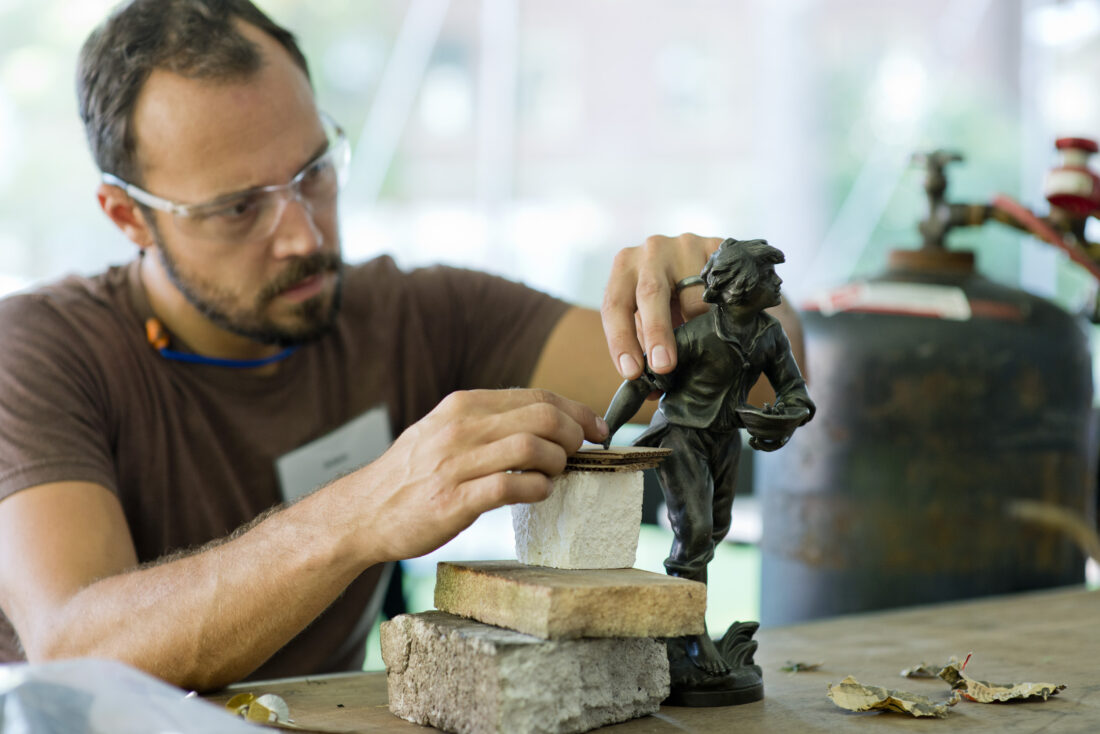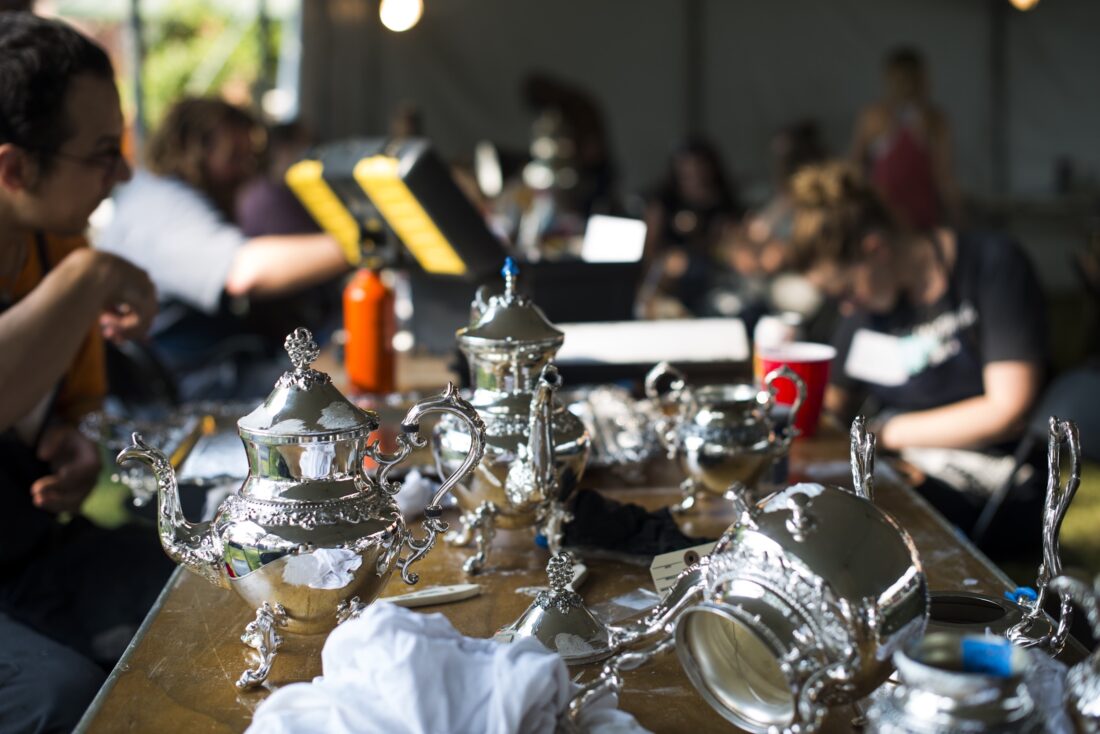Given that Memphis offers no less than six museums devoted to the city’s music history, one might assume the Metal Museum is a harder-rocking option on the local blues, soul, and Elvis circuit. In fact, it is entirely devoted to the art and craft of metalwork, and is unique not only to Memphis but all of North America.

Originally known as the National Ornamental Metal Museum (a name that rolled off the tongue like a mouthful of nails), the Metal Museum houses thousands of pieces of metal art ranging from ornate jewelry to abstract sculpture, plus a working blacksmith shop, a foundry, and educational labs. It has been hammering and soldering away in the tucked-away downtown site of an old military hospital since 1979, with a planned relocation to larger grounds at the former Memphis College of Art, in centrally located Overton Park, in the works for 2026.

Even with big changes afoot, the museum is maintaining a long-standing annual tradition with its popular Repair Days event (October 17–20). Over four days, the public can bring in any manner of metal object in need of repair. To handle what has become an onslaught of rusted, busted, and battered items, the museum’s regular coterie of five metalsmiths is boosted by dozens of extra hands, who travel from across the country to lend their expertise in welding, casting, sharpening knives, and removing dents. Some even sleep in tents on the grounds.
“The goal with having so many metalsmiths on hand is so we can assess and turn repairs around quickly,” says Jacob Brown, the museum’s lead blacksmith. “And it’s also sort of a family reunion for people who do this kind of work.”
That corps will receive upward of three hundred jobs over the long weekend, with reasonable fees assessed up front based on the estimated labor required. There will be pots, pans, clocks, and candelabras galore, plenty of disposal-whanged silver spoons, and more wrought-iron lawn furniture than you’d think could be stacked up in Memphis garages. (“Like Antiques Roadshow if everything was broken,” offered a past participant in a video.) But each year also records unusual pieces that stick in the memories of even the most practiced metalsmiths.
Smallest
“Last year a woman brought in what, at a distance, looked like a sequined shirt, but up close it was woven entirely of tiny rings of actual silver,” says Kevin Burge, the museum’s repair and restoration specialist. “It had a tear through those rings, and a couple of tailors said there was nothing they could do, so we were her last chance. A couple of our people spent a solid day working on the rings and lacing it back together.”
Biggest
“A guy drove up with a twenty-foot aluminum hull of a vintage steamboat on a trailer,” Burge says. “It had been modernized with a motor and he wanted to convert it back to a steamboat, so a hole in the hull had to be patched watertight. We had ten guys pick it off the trailer and turn it over. It was pretty ridiculous. That’s another one that took all day.”
Most Poignant
“A woman brought in a silver platter salvaged from tornado damage,” Burge says. “It was from her brother’s house, and he’d died in the tornado. The platter was absolutely folded in half, the worst I’d ever seen. A master metalsmith and four students worked on it all weekend, but she got back a platter that looked as good as new.”
The busiest time of the event tends to be Saturday afternoon, when the public can watch a squad of metalsmiths fire up the foundry and pour glowing liquid metal into molds to cast a plethora of missing parts needed to return objects to use. Interestingly, though, participants don’t always want their heirlooms made pristine. “Our inclination is to fix everything,” says Brown. “But some things can be really important to people. We get silver baby cups that need handles reattached, but with notes that say not to mess with the rim because that’s where someone’s grandfather chewed on it as a baby.”








